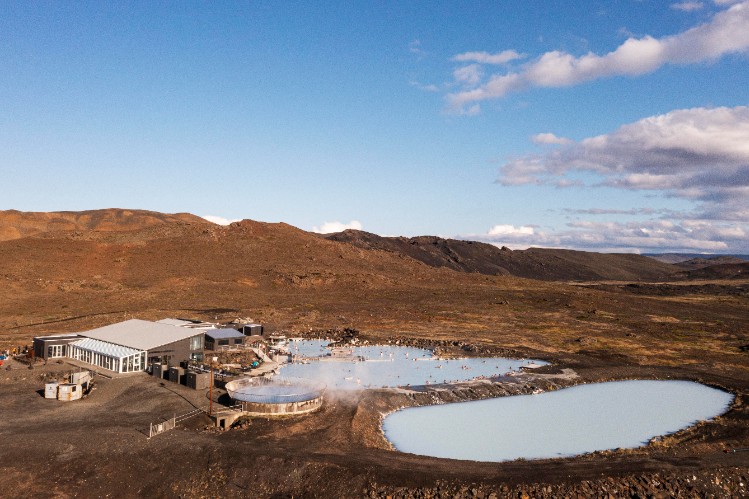What Does a Water Treatment Plant Do

Ever wonder how water gets from a river to your faucet? We sure do. At Shandong Shine, we live and breathe water solutions. And we’re always excited to share what we know.
A treatment plant isn’t just a big building with pipes. It’s where magic happens. It’s where we clean water, protect health, and make sure families stay safe.
Let’s explore how plants treat water, improve water quality, and why our Shine Sodium Hypochlorite Generator plays a part in all of it.
Why Clean Water Matters
Before treatment, source water carries all kinds of things:
· Dirt and sand
· Bacteria
· Parasites
· Industrial waste
· Oil
· Even heavy metals
If we drank that straight? It could damage plants, harm animals, and hurt us.
Risks of Unfiltered Water
· Diarrhea and disease
· Skin rashes
· Bad taste
· Clogged home pipes
· Rust and foul smells
We can’t leave it untreated. So the treatment processes kick in. Each step improves water quality and keeps the water safe for human consumption.
Step-by-Step: How We Clean Water
1. Screening Out Big Junk
We first pull out large stuff—sticks leaves trash. It’s like running water through a big kitchen strainer.
2. Coagulation & Flocculation
Next up? We add chemicals to make fine particles stick together. These form clumps called floc. They’re easier to remove later.
3. Settling at the Bottom of the Tank
This one’s simple. We let the floc sink to the bottom of the tank. Heavy things fall. Light water rises.
4. Filter Water for Finer Stuff
We push the clearer water through filters. Sand gravel charcoal—each grabs remaining debris. Now we’re really starting to clean water.
5. Disinfection—The Most Critical Part
Even filtered water can hide microbes. We stop them here. Using chlorine or sodium hypochlorite, we destroy bacteria and viruses.
That’s where our Shine Sodium Hypochlorite Generator steps in. It makes disinfectant on-site, safely and affordably.
What Happens After Treatment?
Clean water doesn’t stay at the plant. We send it through underground pipes into homes and buildings. This becomes tap water—used daily for:
· Drinking
· Showering
· Cooking
· Cleaning
· Gardening
It flows from rivers and reservoirs to your sink. Without this journey, your glass of drinking water could be dangerous.
What About Wastewater?
Used water leaves your house through drains. That becomes wastewater. Gross? Maybe. But we don’t just toss it. We clean that too. Here's how:
Wastewater Treatment Steps:
1. Screen Again—get the trash out
2. Primary Settling—solids sink
3. Secondary Treatment—microbes break waste down
4. Disinfection—kill remaining germs
5. Recycled Water—reuse for farming or industry
Treating used water protects lakes, oceans, and our planet.
Reverse Osmosis: Extra Clean
Some cities and industries want ultra-pure water. That’s where reverse osmosis water comes in. It's next-level filtering.
How It Works:
· We push water through a special membrane
· Tiny holes let water molecules pass
· Salt metals and chemicals stay behind
Perfect for:
· Hospitals
· Electronics factories
· Sea desalination
· Hotels and resorts
RO systems remove harmful substances and produce crisp clear water. Downsides? They waste more water and cost more. Still, the results are excellent.
Our Experience with Treatment Plants
We’ve helped city plants across Asia handle everything from algae blooms to emergency floods. One coastal city struggled with saltwater mixing into city water.
Their pipes corroded fast. We provided a custom-built Shine Sodium Hypochlorite Generator to stabilize the disinfectant process. Within weeks, corrosion stopped and residents noticed cleaner tap water.
That’s real impact—and it drives what we do.
Surprising Facts About Water Treatment
Here’s what most people don’t know:
· Not all plants use chlorine. Some use ozone or UV.
· Filtered water isn't always safe. Without disinfection, it still carries germs.
· Even clean-looking rivers may hide toxins.
· Plants test water daily. Sometimes hourly.
· Over-treated water can taste bad or irritate skin. Balance matters.
How You Can Help Keep Water Clean
We all play a part in water quality. Here's how:
· Don’t flush grease or meds
· Avoid dumping chemicals outdoors
· Fix home leaks quickly
· Choose eco-friendly soaps
· Support local water conservation programs
Every drop counts.
Why We Love This Work
Water connects everyone. It doesn’t care where you’re from or what you earn. It just wants to flow clean and safe.
That’s why we design machines that last. That’s why we test every wire and valve. That’s why we smile every time a customer says, “My water tastes better now.”
Sure we sell generators. But really? We sell peace of mind.
Key Benefits of Water Treatment Plants
· Safe drinking water
· Stronger local economies
· Fewer hospital visits
· Protected source water
· Reusable recycled water
· Resilient crops and green spaces
· Healthy city water supply
It’s not just about treating water. It’s about life quality.
Final Thoughts
We’ve walked through the tanks the filters the science and the heart. So now you know what a water treatment plant does. It transforms muddy unsafe source water into fresh quality water we trust.
Without these plants cities would fall. Schools would shut. Farms would fail. But thanks to smart tech and real humans working together clean water still flows.
And we’re proud to be part of that journey.
References
1. EPA: Drinking Water Treatment Process
2. WHO: Safe Drinking Water Guidelines
